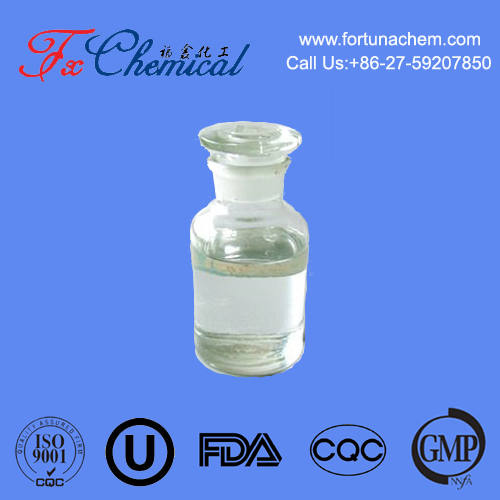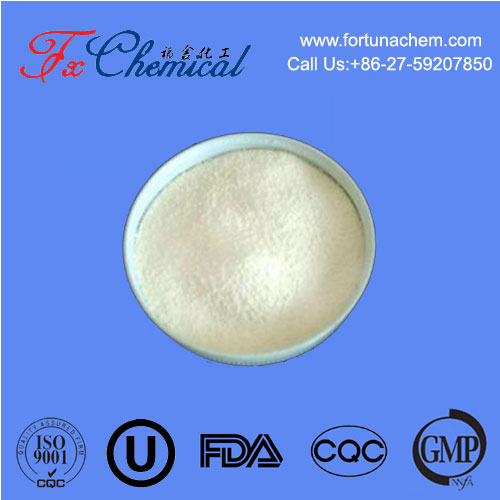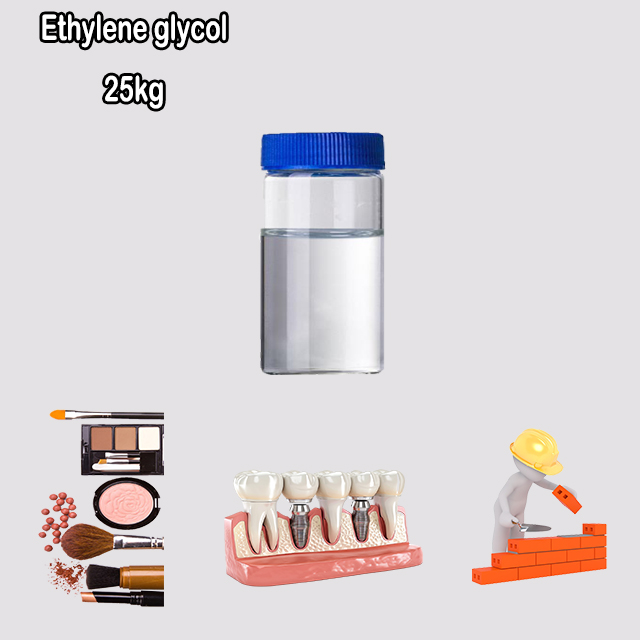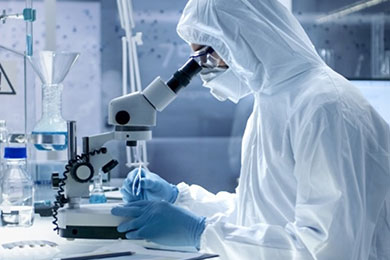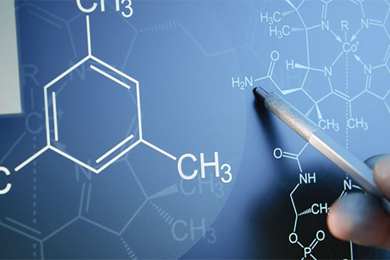
Search

Search

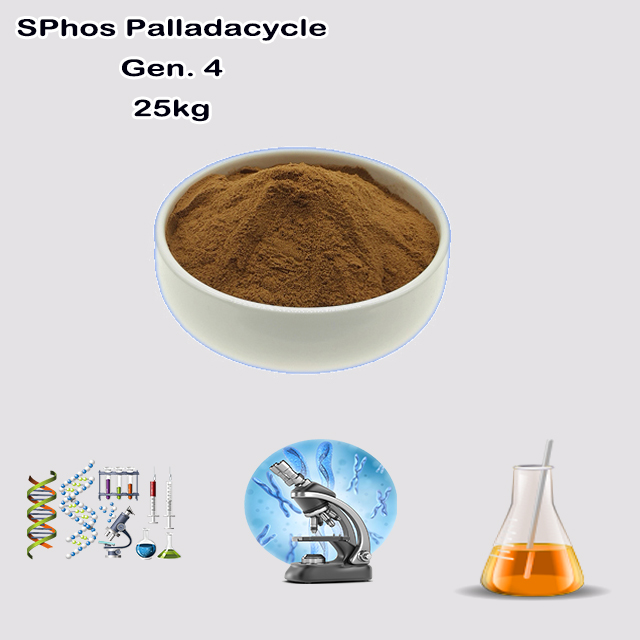
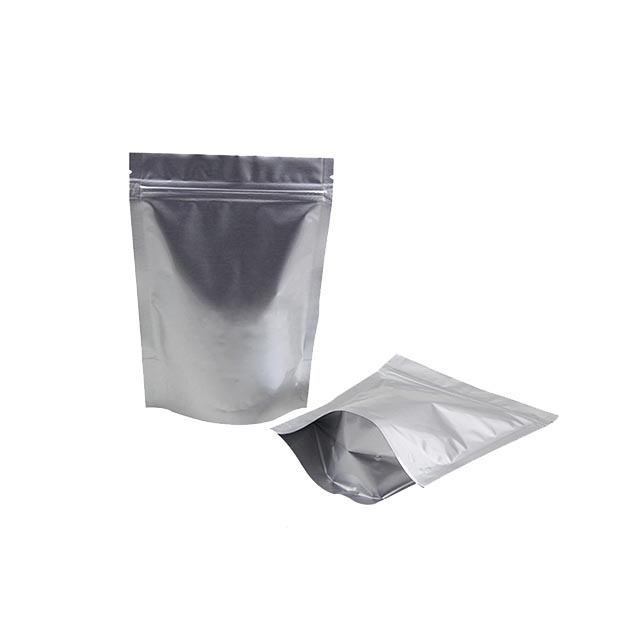
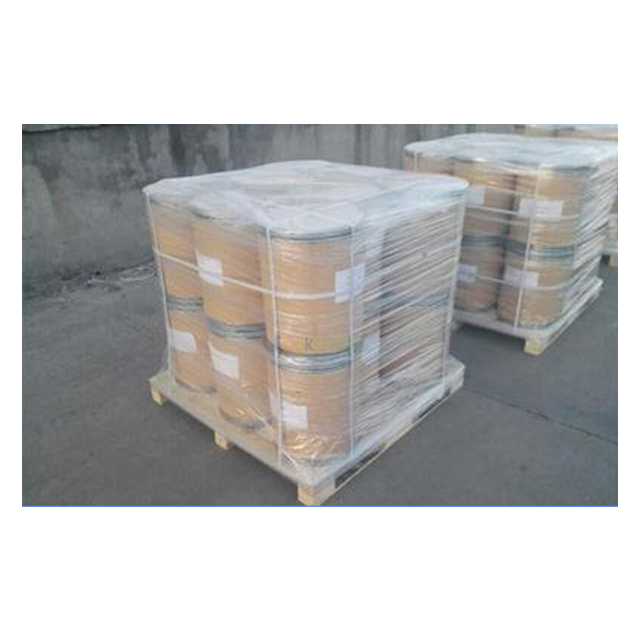

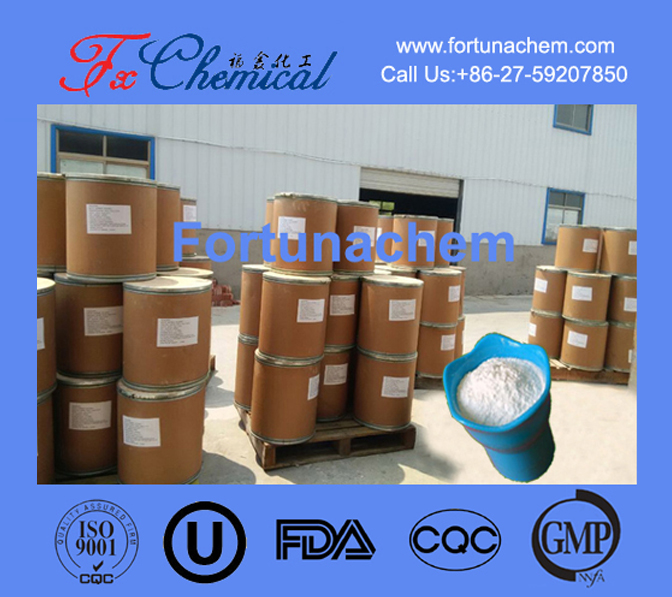





SPhos Palladacycle Gen. 4 is a preformed, air-stable palladium(II) precatalyst developed by the Buchwald group for highly efficient cross-coupling reactions. Key features:
Structure: Contains the bulky SPhos ligand (2-Dicyclohexylphosphino-2',6'-diisopropoxybiphenyl) bound to Pd within a specialized metallacycle scaffold.
Activation: Rapidly generates the active SPhos-Pd(0) species upon gentle heating/base treatment, minimizing induction time.
Performance: Enables coupling of highly sterically hindered and electronically deactivated substrates (e.g., aryl chlorides, bulky amines/boronic acids) at very low loadings (0.01–0.5 mol% Pd).
Primary Use: Excels in Buchwald-Hartwig amination (C–N coupling) and Suzuki-Miyaura (C–C coupling) reactions.
Advantage: Superior stability, broad scope, and faster kinetics compared to earlier generations, facilitating complex synthesis (e.g., pharmaceuticals). Commercially available.
SPhos Palladacycle Generation 4 (Gen. 4) is a highly sophisticated palladium precatalyst developed primarily by the research group of Stephen L. Buchwald at MIT. It represents a significant advancement in palladium-catalyzed cross-coupling reactions, particularly Suzuki-Miyaura (aryl-aryl coupling) and Buchwald-Hartwig amination (aryl-N coupling).
Here's a detailed breakdown:
Core Concept:
It's a preformed, air-stable palladium(II) complex designed to rapidly and reliably generate the highly active, low-coordination-number LPd(0) species (where L = SPhos ligand) in situ upon gentle activation (often just heating or even at room temperature with a base).
"Palladacycle" refers to its structure where palladium is chelated in a metallacycle ring (typically a 5-membered ring involving Pd-C and Pd-P bonds).
"SPhos" is the specific bulky, electron-rich dialkylbiarylphosphine ligand (2-Dicyclohexylphosphino-2',6'-diisopropoxybiphenyl) bound to palladium. This ligand is crucial for the catalyst's high activity and broad scope.
"Generation 4" indicates it belongs to the latest major iteration of Buchwald palladacycle precatalators, optimized for superior performance.
Chemical Structure:
The exact structure is often proprietary, but it follows the general design principle of Buchwald palladacycles.
It features a palladacycle framework (e.g., based on a functionalized benzylamine or similar scaffold) where palladium is bound to a carbon atom (forming the metallacycle) and the phosphorus atom of the SPhos ligand.
The fourth coordination site on Pd(II) is typically occupied by a weakly bound ligand like chloride (Cl⁻) or acetate (OAc⁻).
Simplified Representation:[Pd(μ-Cl)(SPhos)(Palladacycle Scaffold)]₂ or similar monomeric/dimeric forms. The specific "Palladacycle Scaffold" defines the Generation.
Key Advantages & Features (Why Gen. 4 is Special):
Exceptional Activity: Enables coupling of extremely sterically hindered partners (e.g., ortho,ortho'-disubstituted biaryls, bulky amines) and electronically deactivated substrates (e.g., heteroaryls, aryl chlorides) that were challenging or impossible with earlier catalysts.
Rapid Activation: Generates the active LPd(0) species very quickly and efficiently, often at or near room temperature. This leads to faster reactions and lower catalyst loadings.
High Stability: The precatalyst itself is air- and moisture-stable (though solutions should still be handled under inert atmosphere), simplifying storage, handling, and weighing compared to sensitive Pd(0) sources like Pd(PPh₃)₄.
Reduced Induction Period: Minimizes or eliminates the lag time often seen before reactions start with other precatalysts.
Broader Substrate Scope: Handles a wider range of aryl/heteroaryl halides (Cl, Br, I, OTf) and nucleophiles (arylboronic acids, amines, amides, phenols, etc.) with high efficiency.
Lower Catalyst Loadings: Typically used at 0.01-0.5 mol% Pd, making it cost-effective for large-scale applications.
Glovebox-Free Use: Stability allows weighing and setup outside a glovebox, enhancing practicality.
How it Works (Activation Mechanism):
The precatalyst (Pd(II) species) is added to the reaction mixture.
In the presence of base (e.g., K₃PO₄, Cs₂CO₃, t-BuONa), the weakly bound ligand (Cl⁻/OAc⁻) dissociates.
The base facilitates deprotonation of a specific site on the palladacycle scaffold.
This triggers reductive elimination (often of a biaryl or similar fragment derived from the scaffold), releasing the highly active LPd(0) species (SPhos-Pd(0)).
This LPd(0) species then enters the standard catalytic cycle for Suzuki or Buchwald-Hartwig reactions.
Primary Applications:
Suzuki-Miyaura Coupling: Formation of biaryl and heterobiaryl compounds (crucial for pharmaceuticals, materials, agrochemicals).
Buchwald-Hartwig Amination: Formation of C-N bonds (arylamines, diarylamines, N-aryl heterocycles, anilines). This is its most prominent application.
Can also be effective in other Pd-catalyzed couplings like C-O, C-S, and some C-C couplings.
Comparison to Other Generations:
Gen 1: e.g., Pd(OAc)₂ + ligand added separately. Less reliable, longer induction.
Gen 2: e.g., BrettPhos or RuPhos Palladacycles. Significant improvement, but less active for the most challenging substrates than Gen 3/4.
Gen 3: e.g., t-BuBrettPhos or t-BuXPhos Palladacycles. Very active, especially for amination. Gen 4 often offers even faster activation and sometimes broader scope for steric hindrance.
Availability:
Commercially available from major chemical suppliers (e.g., Sigma-Aldrich, Strem, Combi-Blocks, TCI). Look for names like "Chloro[(di(1-adamantyl)-n-butylphosphine)-2-(2-aminobiphenyl)]palladium(II)" or "Pd(AmPhos)Cl₂" (though specific Gen 4 structures might have supplier-specific designations). The term "SPhos Pd G4" is widely recognized.
In summary: SPhos Palladacycle Gen. 4 is a state-of-the-art, preformed, air-stable palladium precatalyst. Its combination of the SPhos ligand and an optimized palladacycle scaffold allows for ultra-fast generation of the active LPd(0) catalyst at low loadings. This enables highly efficient coupling of demanding substrates (bulky, deactivated) in Suzuki and especially Buchwald-Hartwig reactions, making it an indispensable tool in modern synthetic organic chemistry, particularly for pharmaceutical synthesis.
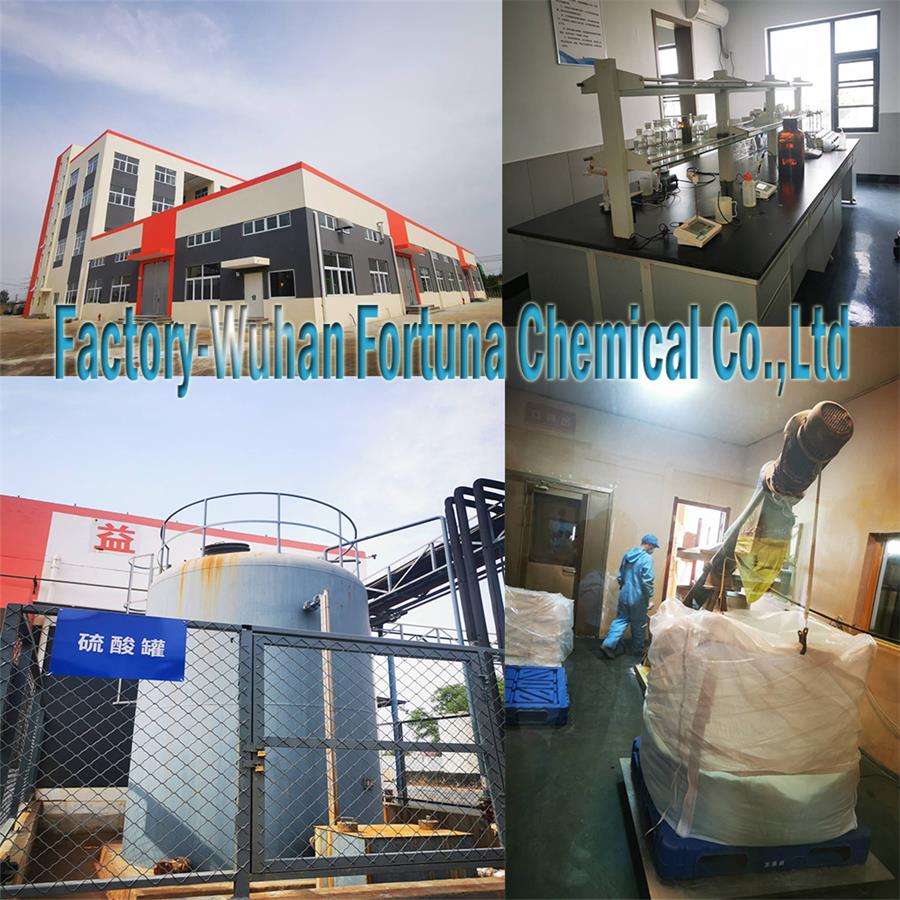
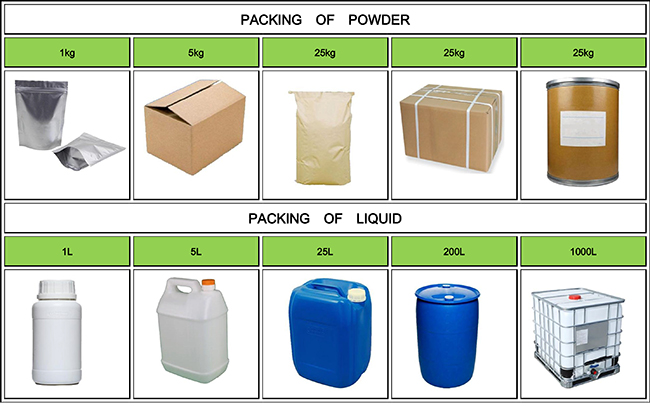
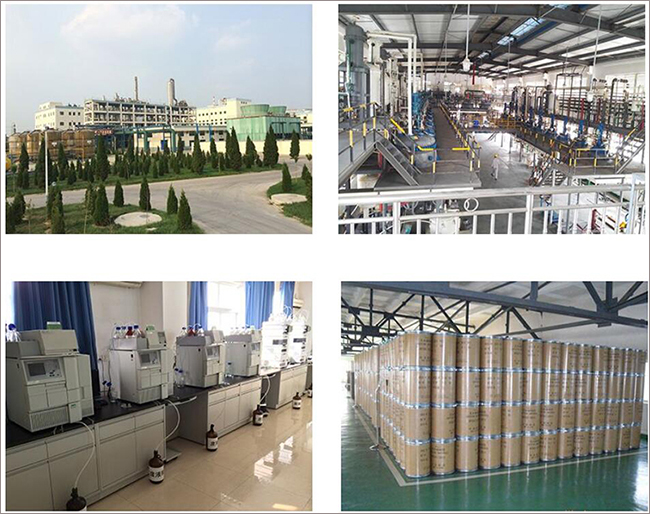

Fortunachem Provides Not Only Professional Chemical Products But Also Professional Help
Keeping you up-to-date with all the latest information, news, and events about Fortunachem!

Quick Links
Add:
E-mail:
 English
English  Español
Español  français
français  العربية
العربية 